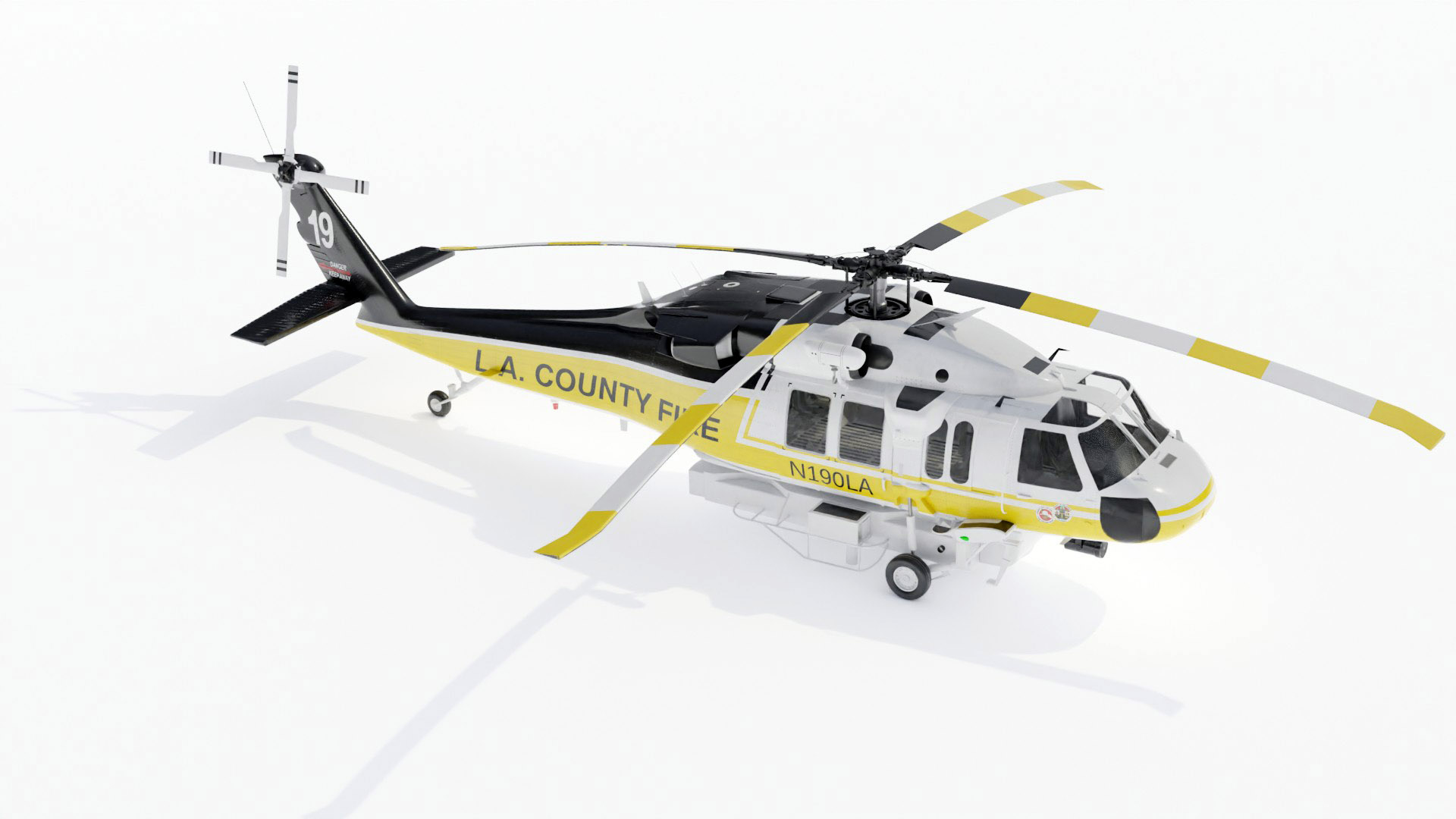Modernized Vertical Lift Platform With Advanced Compound Frameworks and Improved Safety And Security Steps
In the realm of vertical lift systems, a considerable change in the direction of modernization has actually been observed, driven by the combination of sophisticated composite structures and heightened precaution. These improvements represent a critical evolution in the layout and functionality of lift systems, guaranteeing enhanced performance and reliability throughout numerous industries (sikorsky s 70). As sectors pursue better operational accuracy and safety criteria, the usage of composite materials and advanced safety and security functions has become paramount. In discovering the merging of technology and safety in modern lift platforms, an engaging narrative arises, showcasing the potential for transformative improvements that accommodate the ever-evolving needs of industrial markets.
Advancement of Vertical Lift Systems

The advancement of upright lift systems can be mapped back to standard wheel systems and early elevator styles. Gradually, technologies such as hydraulic systems, electrical motors, and progressed control mechanisms have actually vastly enhanced the effectiveness and safety and security of these platforms. Suppliers have actually additionally concentrated on boosting the stability, reach, and load-bearing capabilities of vertical lift systems to satisfy the varied requirements of different industries.
Furthermore, the integration of smart technologies like sensing units, IoT connection, and automation functions has actually even more transformed the capacities of modern-day upright lift platforms. These technical improvements not only improve functional performance however likewise ensure heightened safety and security requirements for employees using these platforms at various elevations. The constant evolution of vertical lift platforms emphasizes their essential duty in improving vertical mobility throughout industries.
Combination of Advanced Composite Frameworks

Moreover, using advanced composite materials permits even more complicated and enhanced architectural styles, making it possible for designers to customize the platform's homes to satisfy particular performance needs. This modification can cause improved aerodynamics, decreased vibrations, and enhanced overall safety and security throughout procedure. The integration of innovative composite structures additionally contributes to a reduction in upkeep costs and downtime, as these materials show exceptional resistance to ecological elements and have a longer life span compared to traditional materials. On the whole, the unification of advanced composite frameworks in modern-day upright lift platforms represents a considerable innovation in aerospace modern technology, resulting in a lot more reliable, reliable, wikipedia reference and safer aerial transportation systems.
Improved Safety Measures Execution
Applying boosted security steps is necessary in making certain the ideal performance and reliability of modern upright lift platforms. These steps include a series of approaches focused on mitigating dangers and enhancing total safety and security criteria. One crucial element of improved security steps is the assimilation of innovative sensing unit modern technologies to keep an eye on various specifications in real-time. By using sensing units for functions such as architectural health surveillance, load monitoring, and environmental picking up, possible hazards can be recognized early, enabling aggressive maintenance and restorative activities.

Sector Applications and Benefits
With advancements in innovation and engineering, improved vertical lift systems have actually found varied applications throughout different industries, offering considerable advantages in effectiveness and efficiency. In the production sector, these platforms improve the process of moving hefty products and tools within centers, reducing manual handling and improving functional performance. The construction market gain from upright lift platforms by making it possible for employees to accessibility raised locations securely and successfully, boosting total project timelines. Warehousing and logistics companies utilize these platforms to optimize storage space use and assist in quicker selecting and packaging procedures.
Furthermore, vertical lift platforms play a critical duty in the upkeep and repair of facilities such as bridges, high-voltage line, and buildings, permitting service technicians to get to unattainable areas with convenience (sikorsky s 70). The air travel sector likewise leverages these platforms for airplane maintenance and setting up tasks, boosting process efficiency and ensuring employee security at heights. Overall, the prevalent adoption of up-to-date vertical lift systems throughout markets emphasizes their flexibility and the substantial enhancements they offer different procedures
Future Trends in Lift Platform Innovation
Including advanced automation and smart features, lift platform modern technology is poised to change vertical transportation systems in the close to future. One key pattern is the assimilation of Web of Things (IoT) innovation, enabling lift platforms to interact real-time information for predictive upkeep, optimizing performance, and improving safety and security. Expert system and artificial intelligence formulas are likewise being included to assess patterns, forecast potential issues, and enhance effectiveness. The use of advanced materials such as carbon fiber composites is on the rise, providing boosted toughness and strength while decreasing general weight. Improved precaution, consisting of biometric verification and emergency situation reaction systems, are becoming standard attributes to make sure traveler safety and security. Furthermore, modular designs and customizable arrangements are acquiring appeal, permitting higher adaptability to numerous atmospheres and demands. As lift system innovation remains to advance, these patterns are readied to form the future of vertical transport, making it more reliable, safe, and straightforward.
Conclusion
To conclude, the up-to-date vertical lift platform showcases the advancement of technology in the here are the findings sector. By integrating sophisticated composite frameworks and boosted safety and security actions, this platform provides increased efficiency and safety and security for different applications. The sector can profit considerably from these improvements, and future patterns in lift platform technology are likely to continue enhancing upon these advancements for also better success and efficiency.
In the world of upright lift systems, a significant change in the direction of modernization has actually been observed, driven by the combination of advanced composite frameworks and increased safety actions. The constant evolution of upright lift platforms highlights their important role in boosting vertical flexibility across sectors.

The consolidation of advanced composite frameworks in modern vertical lift systems has significantly improved their architectural stability and efficiency capacities. By integrating these innovative composites into the layout and construction of upright lift systems, producers can minimize overall weight, increase load-carrying ability, and enhance the platform's durability and longevity.
Carrying out boosted safety actions is crucial in making certain the optimal performance and integrity of modern-day vertical lift platforms.